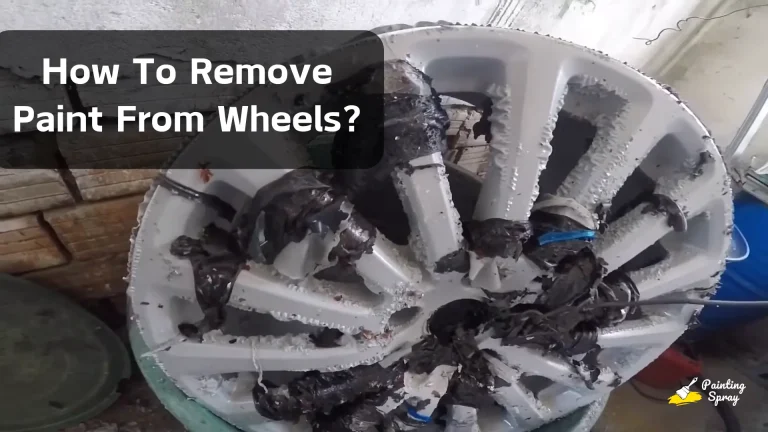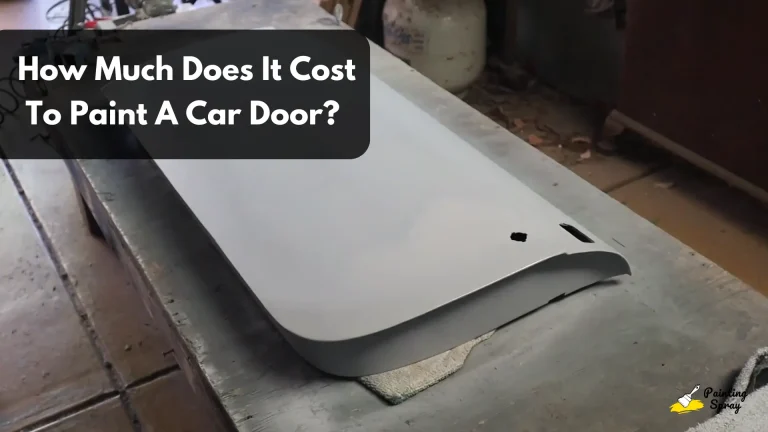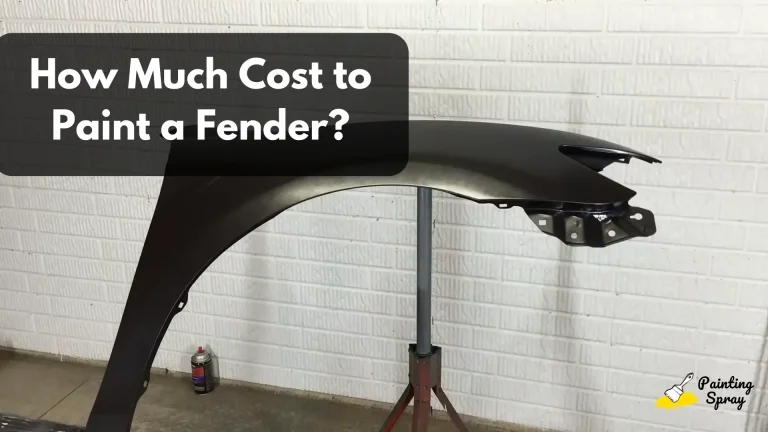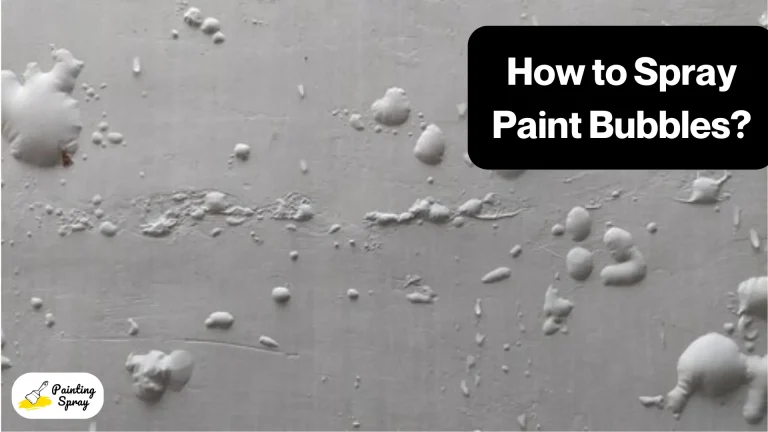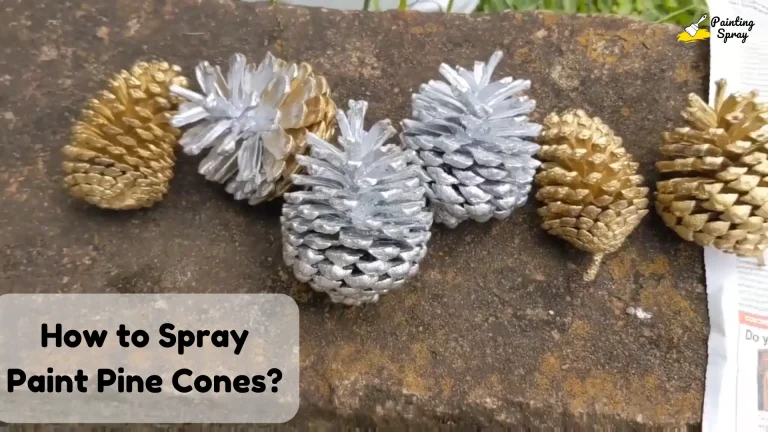How Much Cost to Paint a Flat? A Comprehensive Breakdown of Expenses

Painting your flat can breathe new life into your living space, but many wonder about the expense involved. The average cost to paint a flat typically ranges from £2,000 to £6,000, depending on factors like size and finish. Whether you choose a professional painter or decide to take on a DIY project, understanding the costs will help you budget effectively.
Several elements influence the final price, including the type of paint, the area to be covered, and whether you’re hiring help or doing it yourself. Knowing these factors can guide you in making smart decisions that fit your financial plan. By breaking down the costs, you’ll see how to manage your painting project without overspending.
You can transform your flat with some planning and the right information. Being aware of the costs involved not only prepares you for the project but also allows you to enjoy the results for years to come.
Key Takeaways
- The cost to paint a flat varies widely based on size and service type.
- Budgeting requires considering paint type and labor options.
- Planning ahead can lead to better choices and satisfaction with your painting project.
Determining the Scope of Your Painting Project
To estimate the cost of painting your flat accurately, you must first define the scope of your project. This includes assessing the size of the rooms, the height of the ceilings, and the complexity of the job.
Room Size and Ceiling Height
The size of each room plays a significant role in calculating the total cost. Measure the square footage by multiplying the length by the width of each room.
For example:
| Room | Length (ft) | Width (ft) | Square Footage |
|---|---|---|---|
| Living Room | 15 | 20 | 300 |
| Bedroom 1 | 12 | 15 | 180 |
Tall ceilings can increase costs too. If your ceiling height is over 8 feet, you may need extra paint and specialized equipment like extension poles.
Project Complexity and Surface Preparation
Consider the complexity of the job. If walls require extensive prep work such as scraping, sanding, or patching, this will add to your costs and time.
Identify any damaged surfaces or special features like wainscoting that need extra attention. The more prep work required, the more you’ll spend.
Additionally, different types of surfaces (like drywall, wood, or brick) may need specific treatments. Always factor in these details before starting your project to avoid unexpected expenses.
Cost Factors for Painting a Flat
When considering the cost to paint your flat, several factors come into play. Key elements include the type of paint and finishes, labor costs, and additional materials or expenses that can affect your budget.
Type of Paint and Finishes
The choice of paint you select greatly influences the overall cost. Various paint options include:
- Latex Paint: This is popular for interiors due to its easy cleanup and quick drying time. It typically costs between $30 to $60 per gallon.
- Oil-Based Paints: These are more durable and suitable for high-traffic areas. They usually run $40 to $80 per gallon but require mineral spirits for cleanup.
- Finish Types: Finishes, such as eggshell and high-gloss, can affect the price. For instance, high-gloss finishes may add about 10-20% to your total paint costs.
Additionally, if you need paint and primer combined, these products can simplify your project but may have a higher price point.
Labor Costs and Professional Fees
Labor costs are another primary factor in your painting budget. Professional painters often charge between $20 and $50 per hour.
Factors that may affect this rate include:
- Experience Level: More skilled painters usually command higher wages.
- Location: Costs can vary significantly based on the area you live in.
A typical flat may require approximately 10-15 hours of labor. Therefore, your total labor cost could range from $200 to $750 for a straightforward job, depending on the complexity and size of your flat.
Additional Expenses and Material Costs
Additional expenses can sneak up on you if you’re not careful. Besides the paint itself, you’ll need to budget for various materials and supplies:
- Paint Supplies: Brushes, rollers, and trays can cost around $50 to $100.
- Cleanup Costs: This can include drop cloths and tape, often adding another $25 to $75.
Any necessary prep work, like wall repairs or patching, will also impact your budget. These extra tasks can significantly increase the total cost, depending on the condition of your walls.
Calculating Your Painting Budget
Knowing how to calculate your painting budget is essential for staying within your financial limits. You’ll want to think about using cost calculators and understanding the differences between DIY and hiring a professional painter.
Using Painting Cost Calculators
A painting cost calculator is a useful tool that helps you figure out how much it will cost to paint a room. These calculators consider factors such as the size of your space, paint type, and even the location of your home.
For example, if a room is 12 feet by 14 feet, the total square footage is 168 square feet. The average cost to paint a room typically ranges from $200 to $800, depending on the quality of paint and whether you hire a contractor.
By entering details into a cost calculator, you can get a better idea of your potential expenses. Many online tools are available to provide estimates for both interior and exterior painting projects.
Estimating DIY versus Professional Costs
When deciding whether to paint yourself or hire a professional, think about your time and skill level. DIY painting can save money but may require purchasing tools and high-quality paint.
For example, costs for paint can range from $15 to $60 per gallon. If you need three gallons for a room, you might spend between $45 and $180 just on paint.
On the other hand, hiring a painting contractor can increase your costs but often ensures better results. Professional painters can charge between $25 and $50 per hour, plus material costs. Understanding both options helps you make an informed choice that fits your budget.
Final Considerations Before Starting Your Painting Project
Before you begin painting your flat, it’s important to make the right choices. This includes selecting the right painter and preparing for any disruptions during the project.
Choosing the Right Painter or Contractor
Finding a skilled painter is crucial to achieving the best results. Start by researching local professionals who specialize in interior painting. Look for reviews and ask for recommendations from friends or family.
Check their qualifications and experience. A good contractor should have a portfolio showcasing previous work. Discuss details such as hourly rates or flat fees, and be sure to get a written estimate.
Don’t overlook the importance of clear communication. Talk about your vision, including any wall repairs or trim painting like wainscoting or cabinetry work. This ensures the painter understands your needs and can provide an accurate timeline and cost.
Planning for Home and Lifestyle Disruptions
Painting can disrupt your daily routine, so it’s wise to prepare in advance. Decide which rooms will be painted first and plan around your schedule.
Consider temporary living arrangements or adjustments. For example, if you’re painting your living room, you may need to relocate furniture and avoid that space for a few days.
Also, factor in the geographic location of your flat. If you live in a high-demand area, painters may have a busy schedule. Getting your project done sooner may require flexibility with timing.
Lastly, prepare for disruptions such as noise and lingering paint fumes. Ensure proper ventilation during the painting process. Taking these steps will help minimize the impact on your home life.


